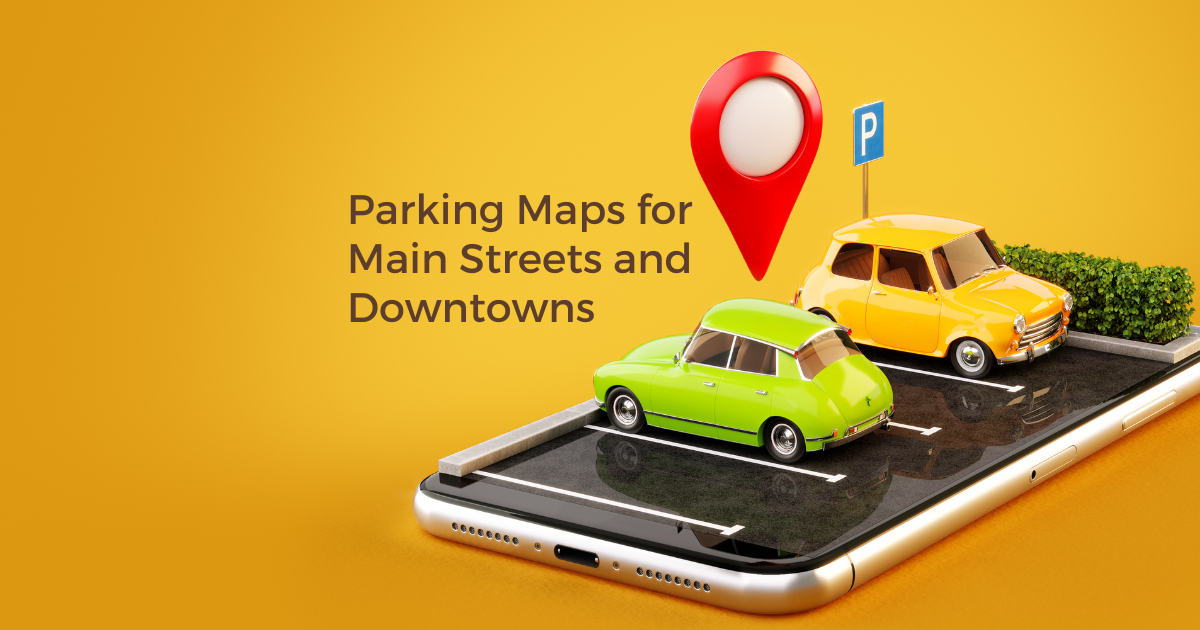
Decide What You Want To Make
Knowing this will make all the other steps easier. You may want to map your downtown area, the Chinatown or Little Italy in your city, and of course, the hipster neighborhood. Each section is brimming with points of interest that are unique to that area.
You could also map community data. You could map lesser-known locations and local events by working with local communities and organizations. This would give users a glimpse into the local culture and customs and provide a platform for local communities to share their stories.
There's also mapping a historical tour of your city. The map could include points of interest, such as landmarks, museums, and monuments that have played a significant role in the city's history. You could also select a specific period, such as the colonial era or the industrial revolution. The map would display the points of interest present during that time. Additionally, viewers could click on a specific point of interest and learn more about its history and significance.
Pick The Right Type Of Map
Mapping is an art form; just like any other art form, it requires a creative approach. Whether you're mapping out the winding streets of a bustling city or the intricate layout of a building, the key is to find the beauty in the details and bring it to life. But before you can begin to add any creative flourishes, you must first determine the purpose and audience of your map.
Are you creating maps for tourists to navigate a new city or employees to find their way around a building? Are you mapping out ideas for a business strategy or mapping the influence of a particular individual? The type of information you want to convey will dictate the map you create.
Once you've determined the purpose and audience, it's time to let your creativity flow. Consider the style and aesthetic of your map. A well-designed map can be a work of art in its own right, and it can make all the difference in how effectively your information is conveyed. Use colors, icons, and categories to bring your map to life and make it more visually appealing.
For example, if you're mapping a city, use different colors to indicate other neighborhoods or landmarks. If you're mapping out a building, use icons to show the location of staircases and elevators.
Gather Your Data
As you create your custom, interactive map, gathering data is like embarking on a thrilling adventure. Each piece of information is a clue that will lead you to the bigger picture.
You'll quickly realize that organization is key, and using Google Sheets or Excel is the perfect way to keep all your findings in one place. As you research, you'll add new information to your sheet and watch as it takes shape.
When gathering data, it's essential to consider all the elements that will bring your map to life. For example, suppose you're mapping historical battles. In that case, you'll want to add information such as the name of the battle, the dates it took place, the latitude and longitude of the battle, key figures involved, the outcome, and even the story of how the battle unfolded.
As you research, you'll find yourself going down rabbit holes, discovering new and exciting pieces of information you'd never have thought to look for. But it's important to stay focused and remember that you only need the essential data points to help tell your story.
Ultimately, your map will be a work of art, a visual storybook that will transport your audience to a different time and place. It will be a true reflection of the adventure you went on to gather the data and a story worth sharing.
Pick The Right Tool
Creating a map can be daunting, especially if you'll need help figuring out where to begin. The key to success is to pick the right tool for the job, one that has the flexibility to bring your vision to life. And when it comes to creating visually stunning, data-rich interactive maps, one tool that stands out is Proxi.
Proxi is a powerful interactive map maker that allows you to create various maps, from simple location-based maps to complex data visualization maps. It is a user-friendly tool that is easy to use, even for people with no coding experience. With Proxi, you can easily customize the appearance of your map to match your brand.
The tool also allows you to import data from Excel, CSV, or other data sources and then use Proxi's visualization tools to make a map that makes sense of that data. This feature makes it an ideal tool for businesses that need to visualize data in a way that's easy to understand and share with others.
Proxi also allows you to embed or publish on websites and collaborate on your maps with others. You can share your maps publicly or privately and easily share your work with colleagues or clients. You can also collaborate on maps with others, allowing multiple individuals to work on the same map simultaneously.
Proxi is an excellent tool for creating custom interactive maps. With its flexibility and ease of use, it can be a valuable tool for businesses, organizations, and individuals looking to create interactive maps that make sense of their data and share it with others. It's a tool that will let you make a mark on the digital world, one map at a time.
Add Data To Your Map
One creative approach to adding data to your custom interactive map could be incorporating storytelling elements in the map point descriptions. You could create interactive narratives that guide users through different locations on the map, highlighting historical facts and interesting information about each place. This approach would add valuable data to your map and make it more engaging and entertaining for users.
You can also add multimedia such as videos, images, and audio to your map to give users a more immersive experience. For example, you can link to a video of a popular tourist spot to give users an idea of what they can expect to see or link to an audio tour that users can listen to as they explore a specific area on the map.
Make Your Map Easier To Understand
Creating a custom interactive map can be a great way to visualize and present data, but it can also be challenging to make it easy to understand. One of the most effective ways to make your map easier to understand is to use the power of color. You can help users quickly identify data types and make connections by categorizing or color-coding items. For example, you could use different shades of blue to represent different types of water bodies or use warm colors to indicate areas with high population density.
Another way to add an element of creativity to your map is to use custom icons. You can use icons to represent different data types, such as buildings, parks, or transportation options. You can also use them to represent specific locations, such as landmarks or points of interest. You can use icons to create a sense of personality and add a touch of fun to your map.
Enhance Your Pins
Adding custom pins is one of the best ways to enhance the user experience. You can use these pins to mark specific locations or highlight particular features, but why settle for a plain, dull pin?
One way to truly bring your map to life is to upload photos to your pins. Imagine a map marker that tells you not only the name of a location but also has an image of it. This can be especially helpful for tourists visiting an area, as they can quickly identify landmarks and points of interest.
Another way to enhance custom pins is by adding links to resources. These resources can be anything from websites to videos to documents. By providing users with access to additional information, you can help them to understand better the location or feature represented by the pin. This can be especially useful for educational or research purposes.
Customizing your interactive map is not just about adding information; it's about creating an experience. It's about inviting your audience to explore, discover, and learn. This can be especially beneficial for businesses or organizations looking to promote their services or products or for educators and researchers looking to share information with their students or colleagues.
Related Articles
Get Inspired
View All Featured MapsAdventure Awaits!
Check out some of the latest articles on our blog





.png)
